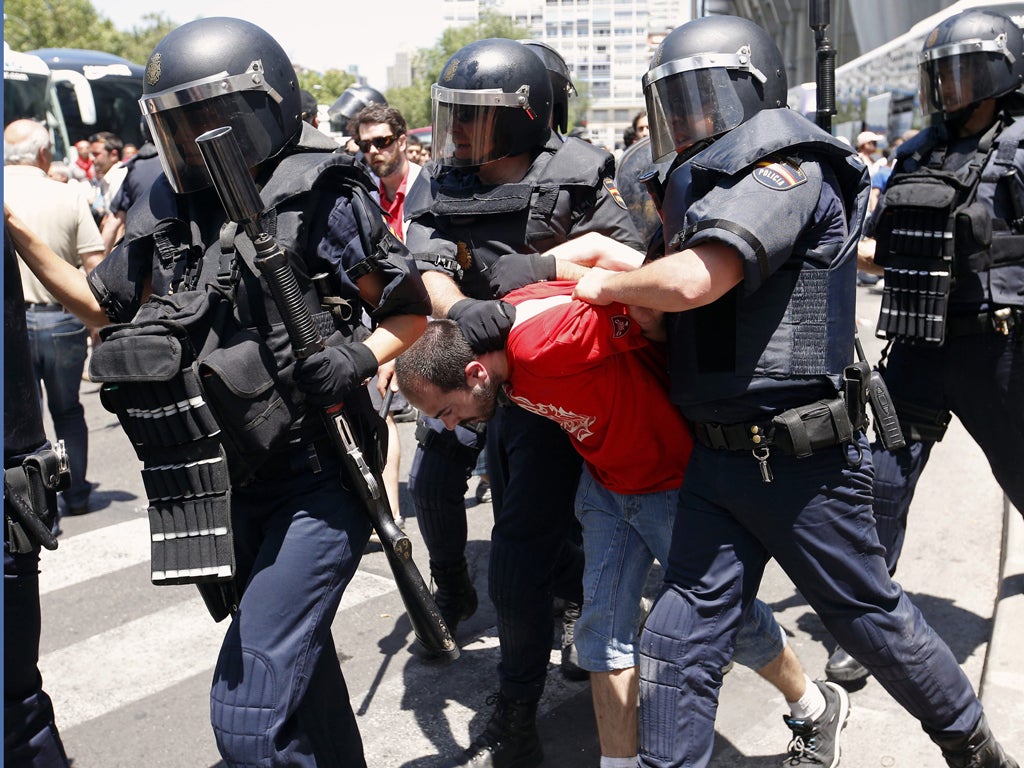Your support helps us to tell the story
From reproductive rights to climate change to Big Tech, The Independent is on the ground when the story is developing. Whether it's investigating the financials of Elon Musk's pro-Trump PAC or producing our latest documentary, 'The A Word', which shines a light on the American women fighting for reproductive rights, we know how important it is to parse out the facts from the messaging.
At such a critical moment in US history, we need reporters on the ground. Your donation allows us to keep sending journalists to speak to both sides of the story.
The Independent is trusted by Americans across the entire political spectrum. And unlike many other quality news outlets, we choose not to lock Americans out of our reporting and analysis with paywalls. We believe quality journalism should be available to everyone, paid for by those who can afford it.
Your support makes all the difference.Markets get ahead of events. It's what investors are programmed to do. If you think there is a risk of losing money tomorrow you sell today, rather than waiting for it to happen.
This dynamic has been on display in the eurozone crisis. Indeed, it has been driving events. In May 2010 Greece had to be rescued. Ireland followed in November 2010. Then Portugal in May 2011.
But there were signs of severe stress in markets long before they collapsed. The interest rate on Greek, Irish and Portuguese bonds all breached 7 per cent in trading in the weeks and months before they were bailed out. Spanish and Italian bonds are now trading perilously close to that level, with Spain on 6.6 per cent and Italy on 6 per cent.
The credit insurance market is also a good place to look for indications of looming breakdown. The Credit Default Swap (CDS) rate on Irish bonds hit 6.07 per cent before the November 2010 bailout. That means it cost you $607,000 per year to ensure $10m of Irish debt. The CDS on Portuguese debt hit 6.25 per cent before that country went under last May. Greece's CDS hit similar levels before its May 2010 bailout. Today, the rate of insuring Spanish debt is 5.9 per cent, while the Italian rateis 5.5 per cent.
Investors seem to be betting that those nations are likely to slip over the brink in the coming months. Without dramatic action from policymakers to restore confidence, that may become a self-fulfilling prophecy.

Join our commenting forum
Join thought-provoking conversations, follow other Independent readers and see their replies
Comments